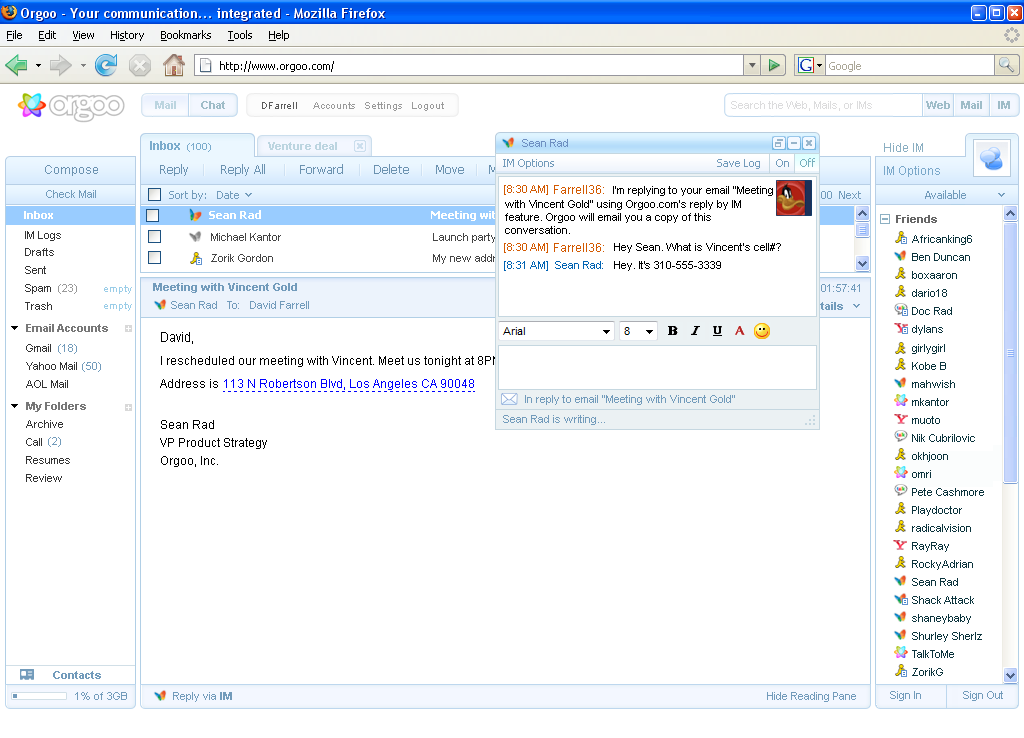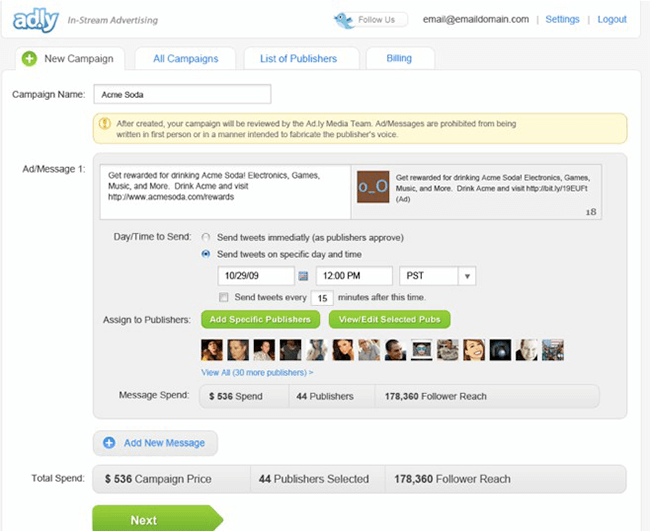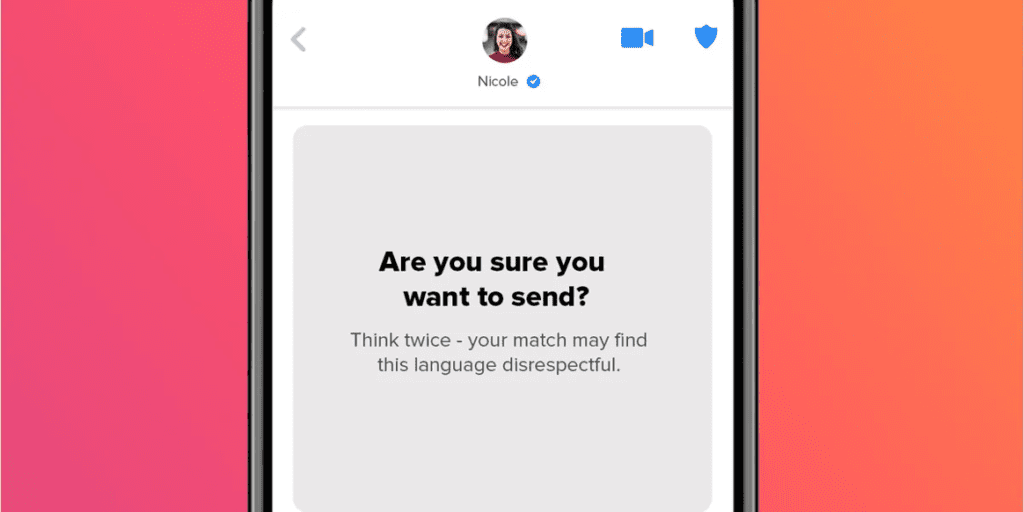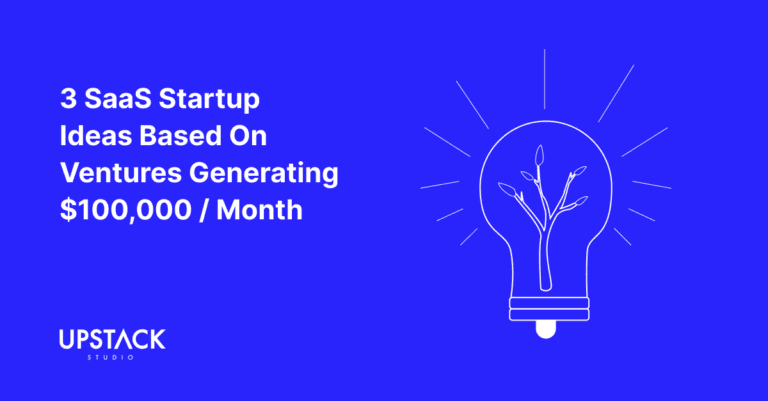In this article, we’ll be looking at the greatest matchmaker in history.
Thanks to him, millions of lonely people (including us) can now spend our lonely weekend nights falling in love with bots.

This is Sean Rad, the man who founded Tinder and currently has a net worth of over $3 billion.
Why did he do it, how did he do it, and what can the average non tech founder learn from him?
By the end of this article, you’ll understand how Tinder came to be and eight key factors that contributed to its success. The first factor is Sean Rad himself, and that’s where we’ll begin.
The Story of Sean Rad
People like Sean Rad are what we might call ‘serial inventors’ – they’re addicted to solving problems.
When they see a gap that’s not addressed, they can’t get it out of their head, and if there’s no solution, they’ll make one.
Sean Rad started his first tech company in 2005.
Orgoo was a web mail service that compiled different email addresses, contacts, and instant messaging friends.

Sean was pursuing a business degree at the time and did what any self-respecting techpreneur does – he dropped out of college to grow his business.
Then it flopped.
Frankly, so what?
How many people actually succeed the first time they try something?
We don’t know Sean personally, but this was his first real venture into the tech space, and the first few tries of pretty much anything are meant to be learning opportunities.
Even Pieter Levels, who we think is one of the most inspiring developers around, has admitted to making mostly duds.
🍰 Only 4 out of 70+ projects I ever did made money and grew
— @levelsio (@levelsio) November 7, 2021
📉 >95% of everything I ever did failed
📈 My hit rate is only about ~5%
🚀 So…ship more pic.twitter.com/oAn2rdRpFT
He forgets to mention that his 5% has made him millions.
We’re not saying it’s impossible to succeed the first time – but those are outliers.
Most will flop!
What matters is how we respond.
Option 1: Accept it isn’t for us and move on – life’s too short to chase things we don’t want.
Option 2: Take a deep breath, learn from our mistakes, find the next opportunity – and try again.
We already know which option Sean took.
In 2009, he founded his second software company: Ad.ly, a platform that connects social media influencers and celebrities to corporate sponsors.

This time, Sean’s company was successful, and continues to do well to this day.
Here’s the thing: halfway through the success of Adly, Sean sold his stake and went on to found another software company called Cardify.
This is important because it says a lot about what motivates Sean.
Again, we don’t know him personally, but it’s pretty clear what drives him is not being successful, but becoming successful.
The joy doesn’t lie in owning, but in creating.
And once he’s created something successful, it’s time to move on to the next one.
If all Sean wanted was money and fame, he would have stopped after Tinder – because how do you outdo yourself after that?
Instead, in 2017, five years after Tinder was launched, Sean co-founded AllVoices, an employee feedback app that allows workers to send anonymous reports directly to company leaders and bypass middle management.
Even as far back as 2013, Sean was one of the founding members of Good Today, a charity organization that allows people to donate to a charity of their choice with as little as 25 cents a day.
Just to drive the point home, in a 2018 interview, Sean stated that he is very passionate about investing in new and upcoming startups that can make a difference.
He said, and we quote:
“As an entrepreneur, I can then think about creating things that no one in that investment pool has heard about.”
It’s little surprise that you won’t find mindless entertainment in Sean’s portfolio; everything he touches involves using technology to solve very real problems faced by humanity.
And if we’re honest with ourselves, what’s the most basic, primal, foundational problem we face?
Wrestling!
A very specific form of wrestling *wink wink*.

That brings us to…
The History of Tinder
Tinder Isn’t the first dating app – but it became the most successful by combining online dating with the blind double opt-in.
Sean’s frustration with existing dating apps and sites before Tinder was that all they did was create a database of users for you to check out and message.
It was still scary to initiate contact with someone you liked for fear of rejection.
Because of that, many people don’t even bother.
In other words, all the existing apps did was replicate real life without improving it.
The double opt-in only allows contact once both parties have independently indicated a desire to communicate. In other words, when you’re sending that first hello, you already know the receiver is open to a conversation.
It sounds obvious now, but we’ve had the benefit of taking this feature for granted.
There was a time when it didn’t exist until Sean Rad thought of it and changed the world.

That’s pretty much the ‘why’ of Tinder, now let’s look at the ‘how’.
Remember how Sean sold his stake in Adly and went on to found another startup?
That startup was part of an incubator called Hatch Labs.
Incubators are organizations that help startups and small-time entrepreneurs develop their businesses from the ground up with support services and ultimately capital investment.
In exchange, they own a percentage of your business and whatever profits you generate.
The same year Sean joined Hatch Labs, there was a hackathon.
These are events where you bring together a team of 2-5 people comprising roles involved in software development. You’re talking programmers, UI/UX experts, designers, product and project managers, and industry experts.
The best part? They’re often strangers united by a love of design thinking.
For the next 24 to 48 hours, they just sprint to rapidly brainstorm and design solutions. The goal is to create a functioning product by the end of the event.
We’ve personally never been to one cause Upstack Studio takes up all our time, but man, it’s on the bucket list for sure.

But we digress!
The hackathon by Hatch Labs was meant to see what ideas its people were cooking up.
Around this time, Sean and his college-mate Justin Mateen already had an idea for a dating app based on mutual attraction, aka the double opt-in.
At the hackathon, Sean was paired with Hatch engineer Joe Munoz and they built a prototype called Matchbox.
It was a huge success and Hatch Labs poured their considerable resources into further development. For a very banal reason we won’t mention, Matchbox would soon change its name to Tinder.
This was all in 2012, and by early 2013 Tinder already had 400,000 users.
It’s now 2023 and Tinder has 75 million monthly active users from over 197 countries.
What Sean Rad & Tinder Can Teach Non-Tech Founders
Early growth is one thing, but Tinder didn’t just start strong and fizzle out; it’s gone from strength to strength and never really stopped its upward trajectory in spite of some issues along the way.
For that reason, we’ll split the lessons into two parts:
- Tinder’s early success
- Tinder’s continued success
Factors Leading to Tinder’s Early Success
Addressing a Real Market Gap
Tinder was built to address a very specific gap in the market that was causing users frustration.
There is no better way to identify gaps like these than seeing it in the flesh. Sean and his co-founders lived through a specific struggle and designed something that would improve life for those that came after them.
It’s important to do formal market research to validate the gap, but noticing it in the first place is something founders really have an eye for – as well as perceive how things can be done better.
Startup-friendly Environments Led to SPEED
In business and product development, as long as a certain level of quality is maintained, you’ll want to get things done fast.
Brainstorm fast, design MVP fast, test fast, launch fast, and especially fail fast.
Sean Rad was in the perfect environment for this: he was with Hatch, an incubator whose function was to accelerate SaaS startups.
The initial Matchbox prototype was built in February 2012, but it was only in August 2012 that the team really started to focus on it.
Just one month later, they were able to soft launch the app and test it on real users.
In the first place, Hatch was where Sean met his technical co-founder Joe Munoz as well as his other future co-founders. Birds of a feather flock together!
Secondly, thanks to Hatch’s backing, the Tinder team didn’t have to worry about funding or resources.
At one point in 2014, Sean was entertaining an offer that valued Tinder at $750 million.
But Sean was like, meh…it’s nice, but we don’t really need the money.
Imagine not having to worry about keeping your project going during its early days and just focusing on perfecting your product.
If the average Upstacker was offered $750 million we would just ask how many people we had to kill.
Knowing Their User Persona
Tinder is a solution to a young person’s problem.
Of course, today Tinder’s age bar goes from 20-100+, but 60% of its users are under 35.
One of Tinder’s co-founders, Justin Mateen marketed Tinder by introducing it to influencers at elite schools and colleges.
The team would organize parties where you could only attend by showing that you’d downloaded the app – similar to how Facebook advertised in their early days.
They knew who they were selling to and how to sell to them.
Finding a Great Technical Co-founder
Not everyone has the advantage of being a visionary and genius like Elon Musk.
For most non-technical founders, the dream is to find a technically savvy person who shares their vision and wants to be a co-founder rather than on the payroll.
Joe Munoz was a great addition to the Tinder team – just take a look at his LinkedIn profile.
Having a technical person as a co-founder is a huge asset, and gives the team options that would otherwise be impractical.
Of course, not every founder is as lucky.
Alex Turnbull, the man behind Groove HQ, spent months looking for a tech partner, to no avail.
Eventually, he did the next best thing – he hired a trustworthy app development agency. It still worked out great for Alex, but there’s a reason his first choice was to find his own Joe Munoz.
Factors Leading to Continued Success of Tinder
Understanding the World Isn’t Just America
During an interview, Sean said something that really resonated with us.
It’s a long one, but we’d like to capture what he said:
“If you don’t think of yourself as global from day one there’s going to be a lot of disappointed customers who’ve heard about your product but can’t use it. For Tinder, it wasn’t enough to just localise the app in different languages, we really wanted to understand what made every country unique. You can’t just take the approach as a global company that what works in one country, works in every country. There are universal things that make us human but everyone’s different and there are different cultural impacts.”
That last sentence is such a ‘holy shit, yes’ moment for us.
All humans want to feel the same things: peace of mind, convenience, a sense of achievement, acceptance, validation and more.

But what makes us arrive at those feelings is different from person to person.
So what did Sean do? Well, he goes on to quite literally walk the talk:
“The way to really capture that learning is to have feet on the street in every market. In the first three months, we had teams in every country bringing us feedback within that market.”
We might offend some people here, but we think it needs to be said.
Many of us are so culturally insulated we don’t know it, and that’s going to be a problem if you want to reach users from different cultural backgrounds.

Continuously Iterating
Look, in just a few months after launching Tinder already had hundreds of thousands of users who loved the blind double opt-in.
But Tinder has never been one to stop innovating – or iterating, as a developer would call it.
The ability to swipe left and right, arguably Tinder’s most app-defining feature, only came about a year after Tinder was launched.
And if we’re honest, Tinder has a bunch of interesting features that only got added later.
Some are kind of memey, like Work Mode, where the web app will immediately project a word document at the click of a button so you can safely use the app at work without getting caught.

Others are much more conducive to relationship-building – like the Are You Sure feature, which detects potentially inappropriate message content.

To our readers, this is what we’d like you to take from this story:
So what if Sean Rad’s a Non-Technical Founder?
It didn’t matter!
Sean placed himself in the right environment and surrounded himself with people who could provide critical technical support.
Everything else was just sound business principles.
- Identify a market gap
- Know your user persona
- Build a good team
- Build an MVP FAST
- Never stop iterating
- Make sure you have funding
That’s basically what all businesses do – the mobile app space is just a bit more specific about the requirements of a ‘good team’.
By the way, we know a pretty good team of mobile app developers to help you bring your million-dollar app idea to life!
Psst: Sign up for our newsletter and get concise, actionable content on app development sent directly to your inbox. Plus, here’s a snazzy list of questions to interview app developers and find the right one for you.
App Developer Interview Questions Template
Download this template now so you know exactly what to ask App Development Agencies! Let us know where should we send it through the form below.





